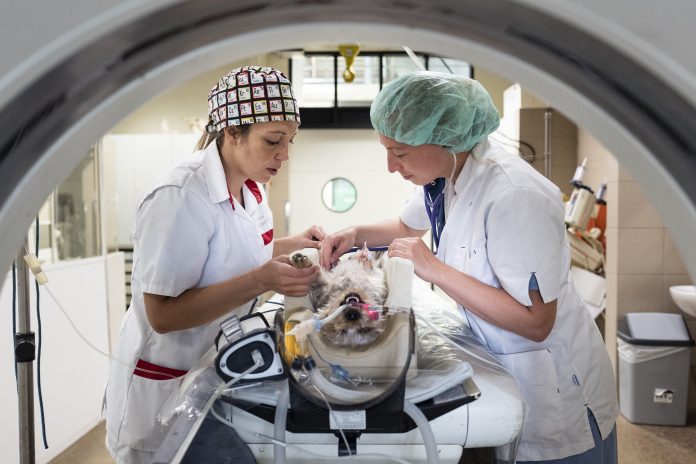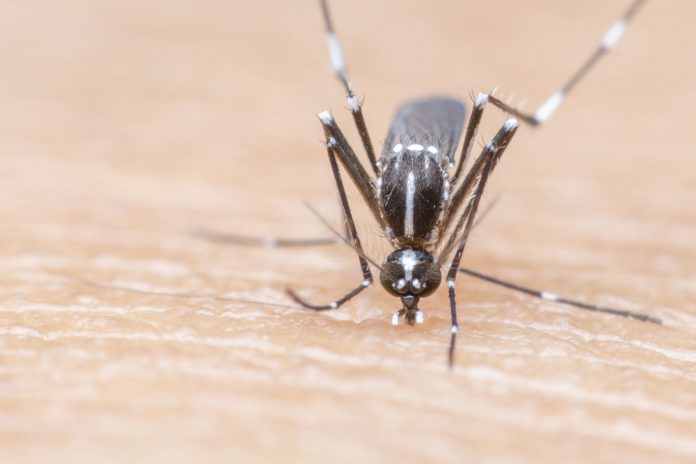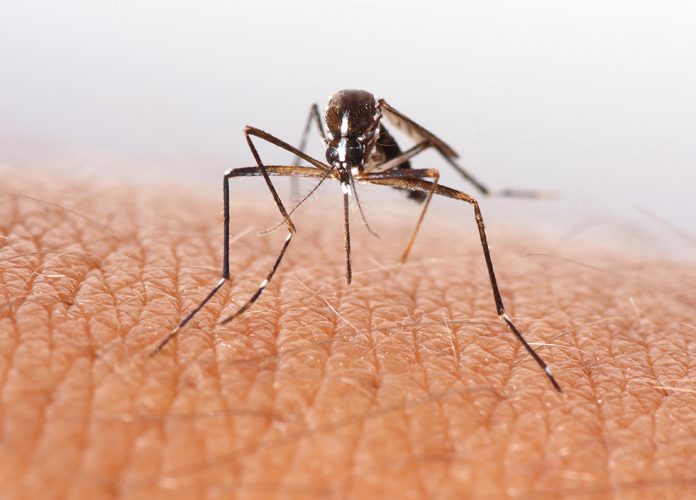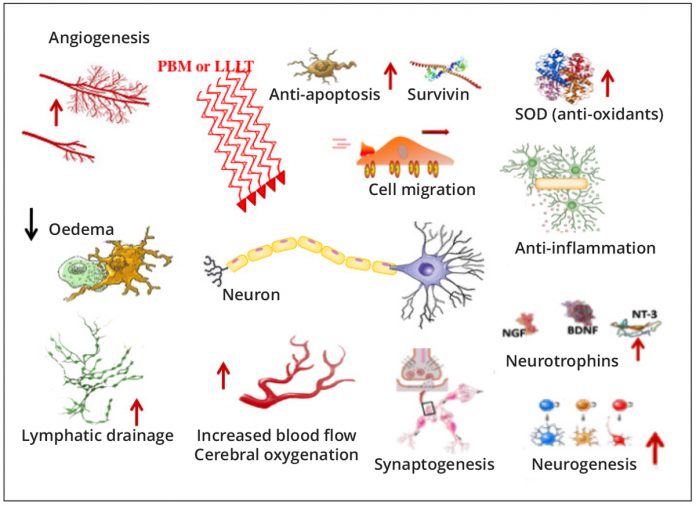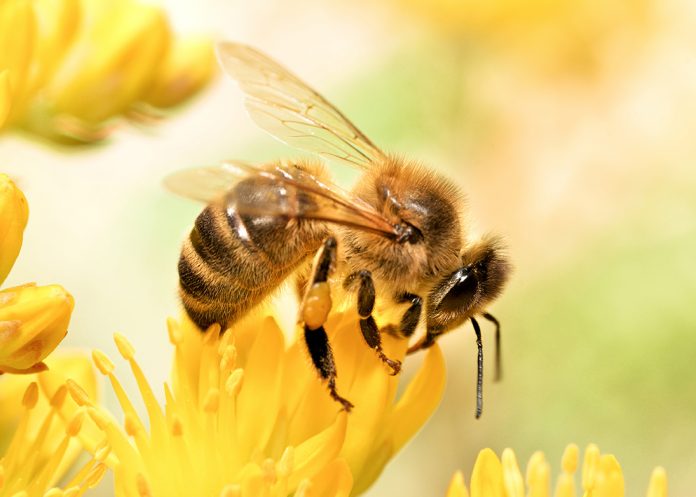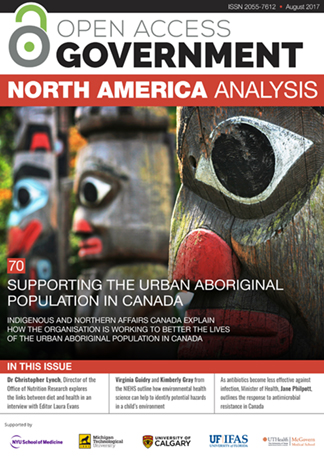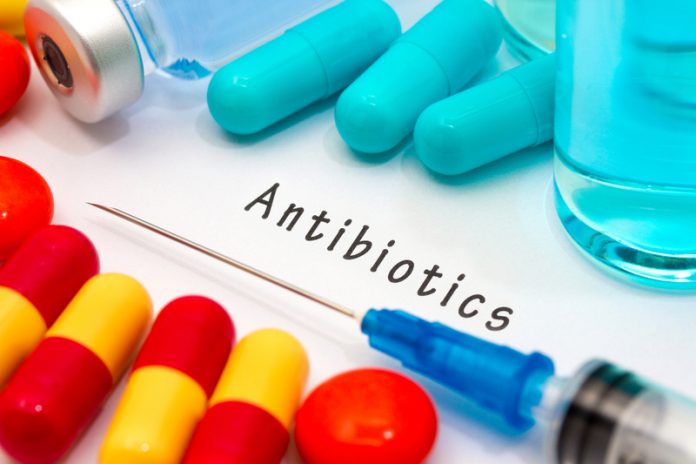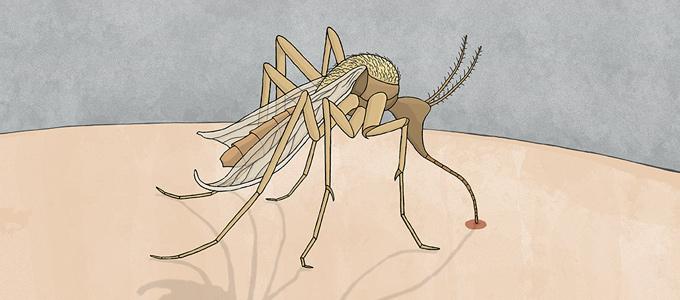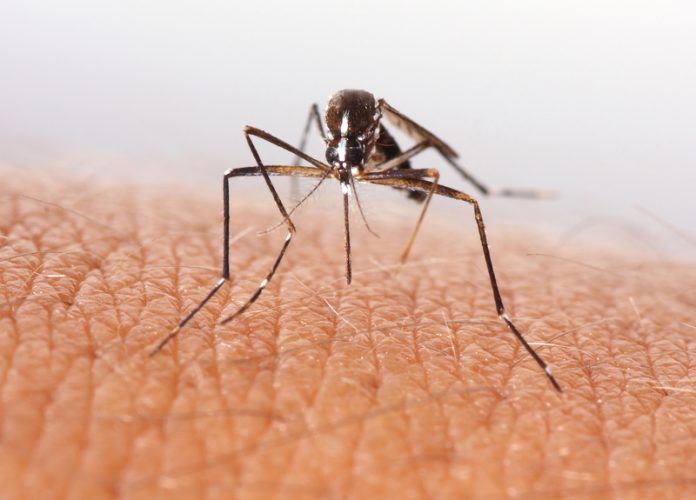Open Access Government produces compelling and informative news, publications, eBooks, and academic research articles for the public and private sector looking at health, diseases & conditions, workplace, research & innovation, digital transformation, government policy, environment, agriculture, energy, transport and more.
Home Search
infectious diseases - search results
If you're not happy with the results, please do another search
The global challenge of antibiotic resistance
Roxane Feller, AnimalhealthEurope Secretary-General provides a fascinating insight into the global challenge of antibiotic resistance
Antibiotics have had very positive effects on animal health over the years. Our pets are living much longer than they were decades ago and livestock are raised much more efficiently through our ability to control...
Malaria Drug Resistance: Evolving and Moving in the Mekong Region
Professor of Chemistry at Portland State University, David H Peyton. PhD turns the spotlight on malaria drug resistance in the Mekong region
The evolution of malaria drug development
David H Peyton at Portland State University outlines how research has discovered that heme is key to malaria drug development
Understanding cancer through molecular cell biology
Progress in Targeted Therapy and Immunotherapy of Cancer Requires Rethinking of European Reimbursement Practices for Mutation Testing
Can a new light-based therapy help with Alzheimer’s disease?
Prof Michael R Hamblin of the Wellman Center for Photomedicine at Massachusetts General Hospital discusses a new light-based therapy for Alzheimer’s disease
Honey bee health: managing and reducing the risks
Managing the health of the honey bee is integral to the agriculture sector. Here Elke Genersch from the Institute for Bee Research explains further
Progressing health research in the North of Canada
Health Sciences North Research Institute shares the progress it has made in health research in Northern Canada, highlighting some of its major focus areas
North America Analysis August 2017
Welcome to the North America Analysis August 2017 edition where we look at a number of key areas within Canada and the US such as healthcare, the environment, and science
Tackling the threat of antimicrobial resistance in Canada
As antibiotics become less effective against infection, Minister of Health, Jane Philpott, outlines the response to antimicrobial resistance in Canada.
The development of anti-infective drugs
University of Strathclyde’s Professor Colin J Suckling shares research being undertaken into anti-infective and immunomodulatory drug discovery programmes
The evolution of malaria drug development
David H Peyton at Portland State University outlines how research has discovered that heme is key to malaria drug development
Overlooked by public health: Specific language impairment
Mabel L. Rice, University of Kansas highlights specific language impairment and why it often goes unrecognised as health disorder
Ensuring health equity for Canadian indigenous populations
Professor Pierre S. Haddad shares the challenges of overcoming health inequality for Canadian indigenous populations and highlights solutions to the issue
Understanding ageing, immunity and metabolism research
Ageing and age-related morbidity are unavoidable, but research to understand and alleviate age-related health issues is the need of the hour to ascertain healthy-ageing. Dr. Nirmal Robinson, Principal Investigator at the CECAD Research Centre discusses.
Playing the malaria elimination game was never going to be easy
Eradicating malaria will not be easy or cheap, but it will be worthwhile in the long run, argues Professor David H Peyton of Portland State University
Malaria is several things: A group of related parasites, an infectious disease that is transmitted by mosquitoes (if you are a human) or by...
Immunology offers sustainable solutions for animal health
Artur Summerfield, the University of Bern discusses translating basic immunology to innovative and sustainable solutions for animal health and welfare.
Malaria research aims for new milestones
Open Access Government considers progress in malaria research, aiming to eradicate the disease, by the US National Institute of Allergy and Infectious Diseases
The National Institute of Allergy and Infectious Diseases (NIAID) has a longstanding commitment to malaria research and is the lead agency in the US federal government supporting...
Innovative reform vital to action plan on antimicrobial resistance
Health First Europe’s honorary president, John Bowis, looks forward to a new EU action plan on antimicrobial resistance and healthcare-associated infections
“Excessive and inappropriate use of antibiotics and poor infection control practices have progressively turned AMR into a massive threat for humankind. With rising resistance and no action, we would...
The global challenge of tackling antibiotic resistance
AG highlights the World Health Organization's efforts on the global challenge of tackling antibiotic resistance, through their action plan
Antimicrobial resistance has become one of the main global challenges of the 21st Century. However, antibiotic resistance has been a problem for many years now. Worldwide more and more people are...
Science that transcends politics for a truly global reach
Politics cannot get in the way of scientific and global collaboration. Professor Colin J Suckling OBE DSc FRSE, Research Professor of Chemistry, Department of Pure & Applied Chemistry at the University of Strathclyde discusses
The impact of the referendum debacle will take time to work through in policy and in practice. Meanwhile...

